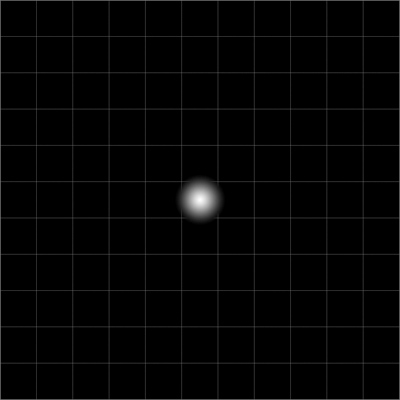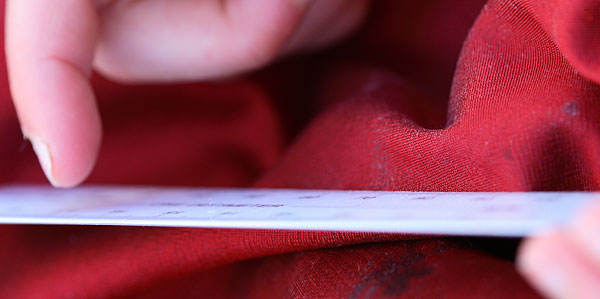
$220 SAVE $130 = 37.0% Western Digital 16.0TB Western Digital Ultrastar DC HC550 3.5-in… in Storage: Hard Drives
|

$500 SAVE $75 = 13.0% OWC 1.0TB OWC Atlas Pro SDXC V60 UHS-II Memory Card (2-Pack) in All Other Categories
|

|

|

|

|

|

|

|

|

|

|
Depth of Field Is Oh-So-Shallow
See also Depth of Field.
A reader who just purchased a Zeiss ZF 35mm f/2 Distagon (see Guide to Zeiss ZF/ZE Lenses) is working hard to understand how to get maximum sharpness, using the depth of field scale and hyperfocal distance. It takes two stops to double depth of field.
Stop down to f/8 for depth of field, more if necessary, keeping in mind diffraction and pixel size issues. For best results, f/11 is the limit for smaller sensor cameras with photosites in the 5-6 micron range, f/16 is OK for cameras with larger photosites. More than that is OK, too, but the entire image will look hazy as contrast really drops.
A point of much consternation is the depth of field scale marked on the lens, which allegedly shows what will be “sharp”. The marks are a useful reference point, and that’s it. Most such scales presume an acceptable “circle of confusion” (spot size) of 30 microns. A Nikon D300 has photosites that are 5.5 microns. That means that an “acceptably sharp” dot is about 30 times larger (in area) than a photosite. In other words, “acceptably sharp” of 30 microns for a 12 megapixel D300 includes detail down to a resolution of 0.4 megapixels!
Mouse over to see a depiction of a 30-micron circle of confusion on a grid representing 5.5-micron photosites.

The circle of confusion ranges from the tightly focused dot at the plane of focus to the big blob depicted here; the size grows away from the plane of focus. Stopping down shrinks the dot, but diffraction enlarges it! That’s why stopping down too far is self-defeating.
To exploit the sensor resolution, you’ll need to be much more conservative. Mentally adjusting by two stops gives a more realistic gauge to what will be sharp in a digital image. For example, use the f/4 depth of field marks when shooting at f/8, f/5.6 marks for f/11, etc.
Ultimately it all depends on how large a print will be made. For small prints up to 12 X 8 inches, 30 microns may well be acceptable. For 30 X 20 inch prints, it’s unrealistic. It is easy to stare at actual pixels on a computer monitor and be disappointed—be sure to consider the print size and keep things in perspective.



















